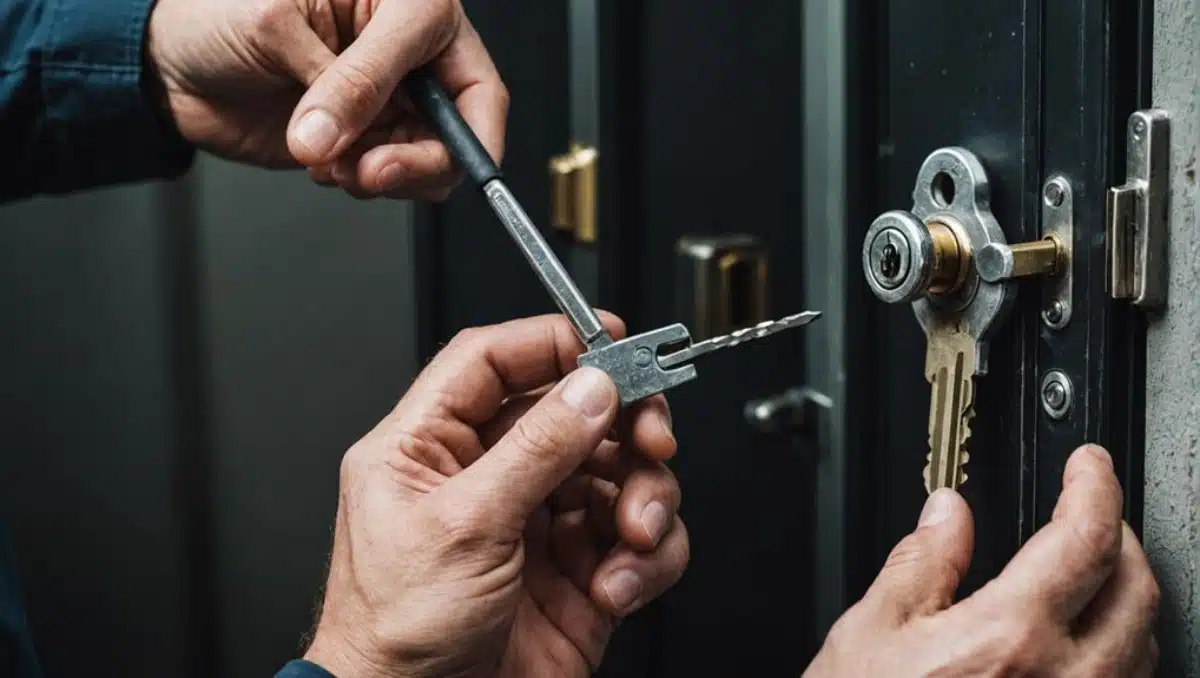Umbilical Cord-Derived Mesenchymal Stem Cells (UCMSCs) are multipotent stem cells with numerous applications in regenerative medicine. In addition to stemness, these cells also exhibit immune modulation properties, recruiting them for the treatment of several chronic diseases. Although bone marrow has been the gold standard for MSC extraction, many other tissues have been found to serve as the source of MSCs. UCMSCs have gained an advantage over Mesenchymal Stem Cells (MSCs) from other sources, and this article will discuss the reasons behind this.
Umbilical Cord
The umbilical cord or Wharton’s jelly connects the fetus to the mother during pregnancy, protecting umbilical blood vessels. It is a reservoir of stem cells leading to first cord blood transplantation in 1988. Three years later, in 1991, McElreavy et al. isolated Mesenchymal Stem Cells (MSCs) from umbilical cords. As the culture and isolation protocols were established, the scientific community shifted their focus towards umbilical cord as the new source of MSCs.
Sources of MSCs
The source of stem cells can be broadly classified into embryonic tissue (present in the inner cell mass of the blastocyst), adult tissue (brain, muscle, etc.), and fetal tissue (fetal blood, placenta, Wharton’s jelly, etc.). Stem cell isolation from embryonic tissue bears ethical implications despite the higher potency of embryonic stem cells. On the other hand, the adult tissue stem cells demonstrate age-related effects such as reduced differentiation potential. Additionally, stem cell extraction from adult tissue is a painful procedure, providing low yields.
MSC extraction usually employs bone marrow, umbilical cord, adipose tissue, and dental pulp. The cord offers several advantages over other tissue sources.
- Since the cord is discarded after birth, its use as a stem cell source is ethically acceptable.
- Extracting stem cells from the discarded cord avoids pain or risk to the mother or child.

Isolation of UCMSCs
Mesenchymal Stem Cells (MSCs) can be extracted from the whole cord tissue or its parts, such as blood vessels (arteries and veins) and the subamnion region. There have been no reports of differences in the UCMSCs isolated from different parts of the cord tissue.
Two methods of MSC isolation from the umbilical cord are employed: explant and enzymatic methods.
Explant Method: This method requires mincing the cord into smaller pieces and seeding them in the cell culture dish with fresh media. Every 3–7 days, media is replaced with fresh media. Meanwhile, the tissue pieces gradually attach to the substrate. Within 2–4 weeks, MSCs reach 80% confluency, which can then be harvested by trypsinization. Thereafter, the filtration process removes the tissue piece, leaving a population of Mesenchymal Stem Cells (MSCs). The only downside of the procedure is the difficulty in adherence of tissue fragments that results in a lower cell recovery.
Enzymatic Method: This technique employs an enzyme solution to digest the whole tissue or tissue fragments. The enzyme solution comprises only collagenase or its combination with hyaluronidase, trypsin, and dispase II.
After obtaining cells, they can be characterized by their surface markers. MSCs express CD29, CD44, HLA I, CD90, CD105, and CD73. Along with the positive markers, identifying the absence of markers is also essential for characterization. The negative markers include hematopoietic markers (CD34, CD45, CD117), endothelial cell marker (CD31), and HLA-DR. UCMSCs express CD13, CD29, CD73, CD105, CD90, HLA I and are negative for CD34, CD45, CD133, and HLA-DR.
Bone Marrow vs Umbilical Cord MSCs
A study by Mennan et al. compared the proliferation of MSCs belonging to the bone marrow and the umbilical cord. The proliferation assay demonstrated higher colony-forming units in UCMSCs. Even the mean doubling time for UCMSCs was 2–3 days was significantly less than that of bone marrow Mesenchymal Stem Cells (MSCs).
As for differentiation, UCMSCs displayed delayed differentiation to osteocytes and insufficient transformation to the adipocytes. However, UCMSCs maintained their potency for more extended periods than marrow Mesenchymal Stem Cells (MSCs).
Due to the lack of HLA-DR, CD80, CD86, and low expression of MHC I required for immune system activation, MSCs show a low risk of rejection. In addition, UCMSCs also release immunosuppressive factors such as PGE2, HLAG5, and galectin-1. Research has suggested that priming Mesenchymal Stem Cells (MSCs) with cytokines can transform them into potential immunosuppressors. The immunosuppression is higher in UCMSCs than that of bone marrow.
Umbilical Cord-Derived Mesenchymal Stem Cells (UCMSCs)
In addition to the above-mentioned properties, UCMSCs display several other features. Studies have also indicated that UCMSCs express low levels of Nanog, Sox-2, Oct-4, and Klf4 markers characteristic of embryonic stem cells.UCMSCs have also exhibited differentiation to nervous system cells (neuronal cells, glial cells, oligodendrocytes), hepatocytes, and cardiomyocytes.
The Final Outlook
MSCs have vast applications in the treatment of chronic disease, wound healing, and restoring tissue damage. Many clinical trials have been evaluating the safety and efficacy of these cells in therapy. These trials have been favoring the use of UCMSCs due to their easy availability and noninvasive extraction procedure. Several studies have shown positive outcomes with UCMSCs, suggesting the translation of UCMSC therapy into clinical settings in the future. Kosheeka provide premium quality UCMSCs to strengthen your research.



